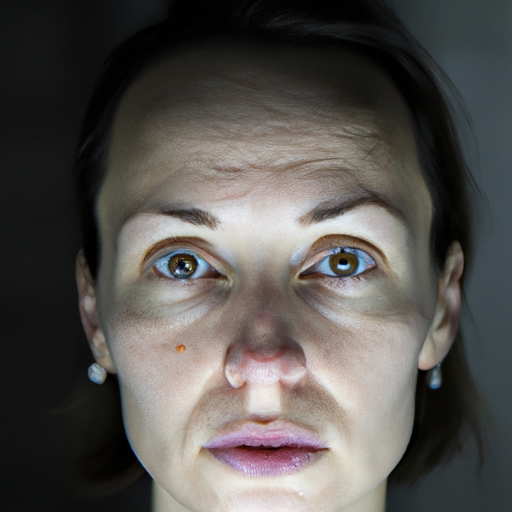As a medical professional, I have encountered countless patients grappling with the discomfort and aesthetic concerns associated with dry skin. Dry skin, also known as xerosis cutis, is a common condition that can affect anyone, regardless of age or gender. It is often characterized by a rough, scaly texture, itching, and sometimes even cracking and bleeding. This condition can be caused by various factors, including environmental conditions, aging, underlying health issues, or the use of harsh skincare products. However, with the right knowledge and approach, it is possible to transform your parched skin into a hydrated oasis. Here is your ultimate guide to combating dry skin.
Firstly, it is crucial to understand that hydration is the key to maintaining healthy skin. The skin’s outermost layer, the stratum corneum, is composed of dead skin cells and natural lipids (fats). These lipids help retain water and maintain skin’s moisture. When these lipids are depleted due to factors like cold weather, low humidity, or harsh soaps, the skin loses its ability to hold water leading to dryness.
To combat this, start by drinking plenty of water throughout the day. Hydration from within can significantly improve your skin’s moisture levels. Aim for at least eight glasses of water a day, more if you’re active or live in a hot climate.
Next, consider your bathing habits. Long, hot showers might feel relaxing, but they can strip your skin of its natural oils. Instead, opt for shorter showers with lukewarm water. After bathing, gently pat your skin dry instead of rubbing it vigorously. While your skin is still slightly damp, apply a moisturizer to lock in the moisture.
When choosing a moisturizer, look for ingredients like hyaluronic acid, glycerin, ceramides, and lanolin that are known for their hydrating properties. For extremely dry skin, ointments or creams may be more beneficial than lotions as they contain more oil, providing a stronger barrier to prevent moisture loss.
In addition to moisturizing, it’s also important to exfoliate your skin once or twice a week. Exfoliation removes the layer of dead skin cells that can prevent your moisturizer from absorbing properly. However, be careful not to over-exfoliate as it can lead to skin irritation and more dryness.
Your diet also plays a significant role in your skin health. Consuming foods rich in omega-3 fatty acids like fish, walnuts, and flaxseeds can help replenish your skin’s essential oils. Vitamins A, C, and E are also crucial for skin health, so ensure your diet includes fruits, vegetables, nuts, and seeds.
Lastly, consider using a humidifier in your home or office, especially during the winter months when indoor air can be exceptionally dry. Humidifiers add moisture to the air, which can help prevent your skin from drying out.
While these tips can significantly improve dry skin, it’s important to remember that everyone’s skin is different. What works for one person might not work for another. If you’ve tried various remedies and still struggle with dry skin, it might be time to consult a dermatologist. Persistent dry skin can sometimes be a sign of an underlying medical condition like eczema or psoriasis.
In conclusion, combating dry skin requires a holistic approach that includes proper hydration, skincare routine, diet, and environmental considerations. With consistency and patience, you can unveil the oasis beneath the desert and enjoy healthy, hydrated skin.



